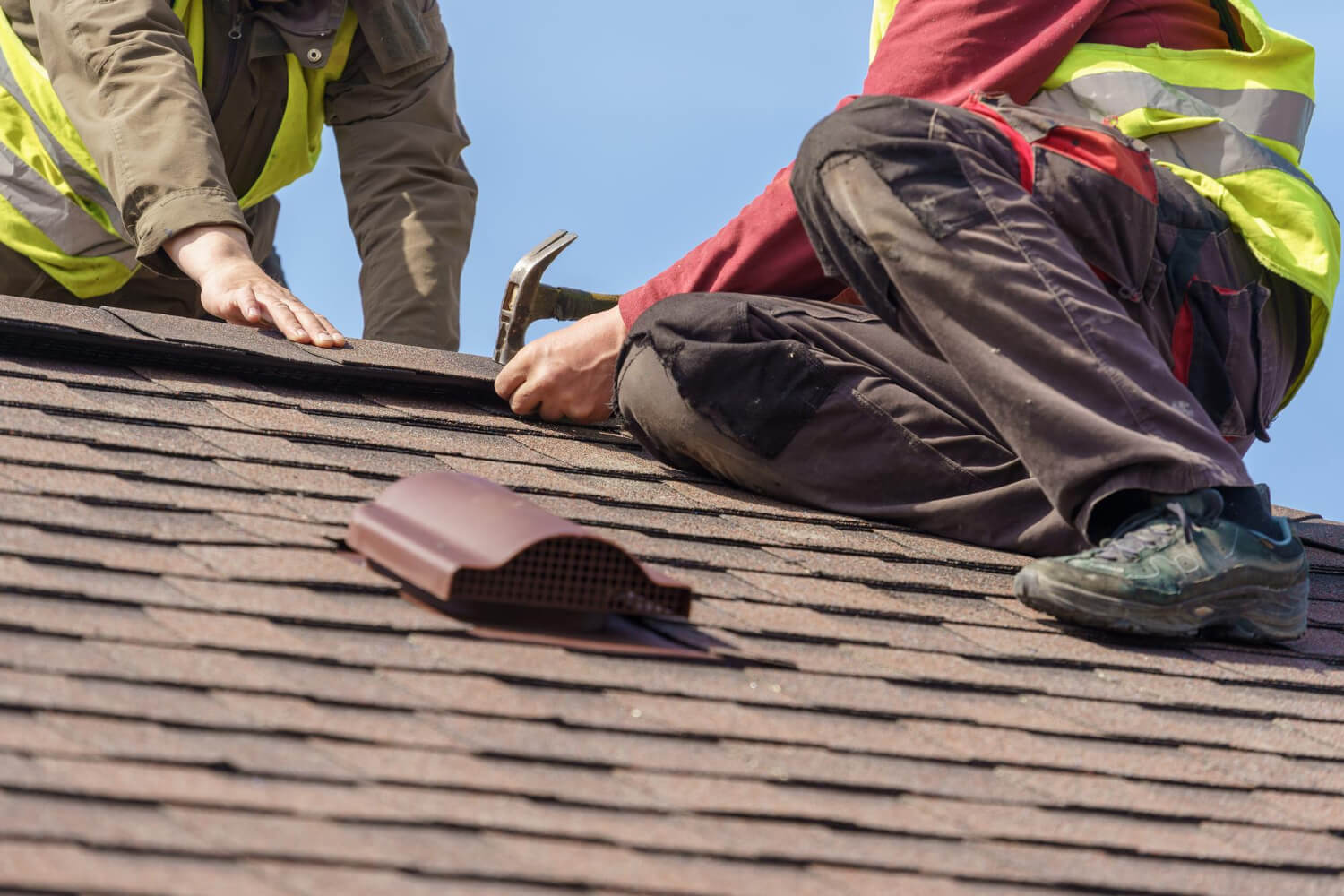Roofing installation is a high-risk activity that demands meticulous attention to safety. Whether a residential project or a large commercial job, adhering to safety and best practices ensures the crew’s well-being and enhances the installation’s efficiency and quality. Here, we outline critical roofing safety measures that should be followed during every installation project.
Ensuring Roofing Safety: The Importance of Comprehensive Training For All Workers
All workers must be properly trained before stepping onto a roof. This training should cover a wide range of topics, including, but not limited to, proper tool use, understanding the different types of roofing materials, emergency procedures, and specific safety hazards related to roofing. Regular training sessions can keep safety protocols in mind and introduce new techniques or updated compliance guidelines.
Maximizing Safety on the Roof: The Important Role of Personal Protective Equipment (PPE)
The importance of personal protective equipment (PPE) cannot be overstated. Basic PPE for roofing includes hard hats, anti-slip footwear, gloves, and safety goggles. More specialized equipment, such as safety harnesses, nets, or personal fall arrest systems, should be mandatory for projects that involve the risk of falls. Ensuring that all gear is well-maintained and properly fitted is equally important to protect workers from potential injuries.
Implementing and Inspecting Fall Protection Systems in Roofing
Given that falls are the most common accidents in roofing jobs, robust fall protection systems are essential. Different strategies may be employed depending on the roof’s height and slope. Guardrails, safety nets, and personal fall arrest systems are all effective measures. It is important to have these systems inspected by a competent person regularly to ensure they are secure and functional.
Enhancing Roofing Safety: Best Practices For Ladder Use and Injury Prevention
Ladders are a basic tool in roofing but are also a common source of injury. To prevent accidents, use ladders that extend at least three feet over the roof edge and ensure they are secured. Moreover, workers should be trained to position and stabilize ladders correctly before using them and never carry tools or materials while climbing—a tool belt or hoist should be used instead.
The Importance of Monitoring Weather Conditions For Safe Roofing Operations
Weather plays a significant role in roofing safety. Work should not be performed during adverse weather conditions such as high winds, rain, or lightning. Besides the immediate dangers, such conditions can make roofing surfaces slippery and unstable. It’s vital to monitor weather forecasts and plan roofing jobs accordingly.
Developing and Implementing Emergency Plans For Roofing Teams
All roofing teams should have a clear, well-rehearsed emergency plan in place. This plan should include ready access to first aid supplies, emergency contacts, and a clear path for evacuation if necessary. Workers should also be trained on how to respond to various emergencies, including falls, medical emergencies, and fires.
Enhancing Roofing Safety Standards: Key Strategies For Reducing Risks and Improving Outcomes
Safety in roofing installation cannot be taken lightly. By implementing rigorous training, proper use of protective gear, and adherence to safety protocols, risks can be substantially minimized. Remember, a safe worksite is not only a regulatory requirement but also a mark of professionalism and care in the construction industry, leading to higher-quality work and better overall project outcomes.



